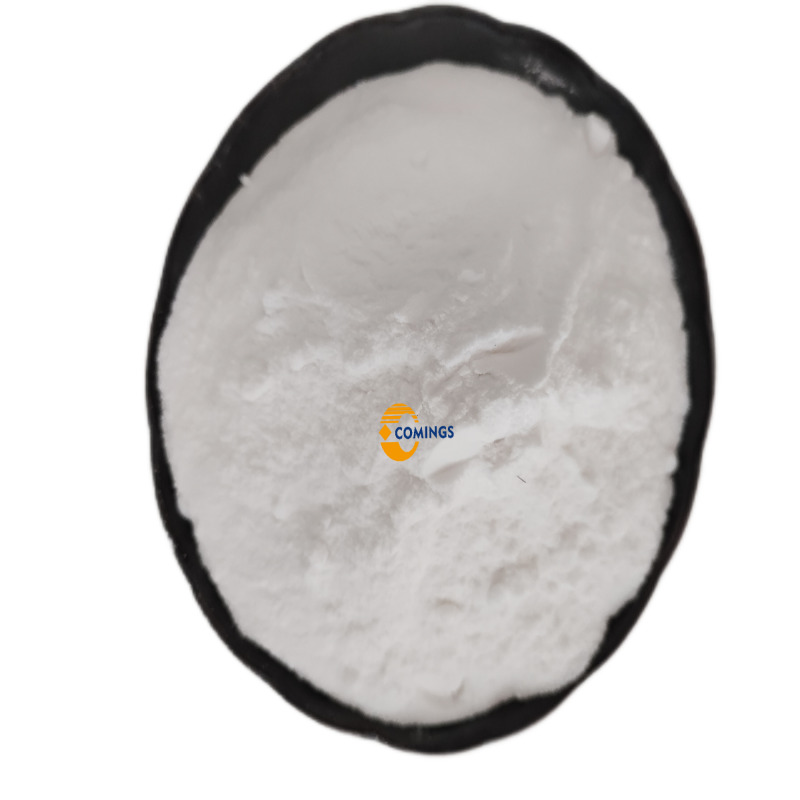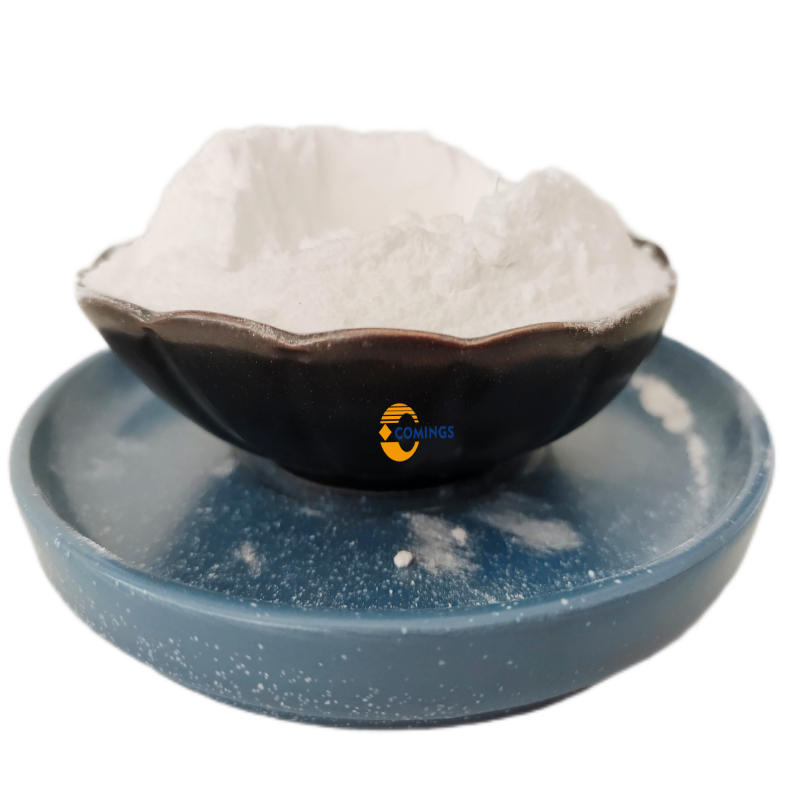-
Categories
-
Pharmaceutical Intermediates
-
Active Pharmaceutical Ingredients
-
Food Additives
- Industrial Coatings
- Agrochemicals
- Dyes and Pigments
- Surfactant
- Flavors and Fragrances
- Chemical Reagents
- Catalyst and Auxiliary
- Natural Products
- Inorganic Chemistry
-
Organic Chemistry
-
Biochemical Engineering
- Analytical Chemistry
-
Cosmetic Ingredient
- Water Treatment Chemical
-
Pharmaceutical Intermediates
Promotion
ECHEMI Mall
Wholesale
Weekly Price
Exhibition
News
-
Trade Service
Source: Arashare, author TK On July 26, 2021, Nature Microbiology published an online publication entitled "Host preference and "Invasiveness of commensal bacteria in the Lotus and Arabidopsis root microbiota", Kathrin Wippel, a postdoctoral fellow at the Max Planck Institute of Plant Breeding, and Tao Ke, a postdoctoral fellow at Aarhus University, are the co-first authors
.
This study verifies for the first time that rhizosphere symbiotic bacteria tend to coexist with their homologous hosts, and this preference is positively correlated with their invasiveness, making them have a clear competitive advantage over foreign bacteria when invading their homologous hosts
.
Part1 Background Introduction The roots of plants can recruit a variety of microorganisms from the soil in which they grow in symbiosis with the roots.
These microorganisms are called rhizosphere microorganisms
.
Rhizosphere microorganisms play a very important role in regulating the growth of plants.
They can promote the vegetative growth of plants, provide nutrients, control flowering time, resist disease and drought, and so on
.
Even to a certain extent, plant rhizosphere microorganisms can be considered as one of the characteristics of the plant itself
.
This beneficial characteristic, if it can be applied to agricultural production by humans, can well improve crop yield and cultivation survival rate
.
However, before it is applied to crop cultivation, we do not know many characteristics of rhizosphere microorganisms.
.
For example, can a group of microorganisms isolated from one plant be directly inoculated on another plant and maintain the beneficial properties of the flora? Will the microbes recruited by the plant have any influence on the microbes that are inoculated? Can the inoculated microorganisms invade the flora carried by the plant itself? In order to conduct preliminary investigations on these issues, we launched a study on the host preference and invasiveness of plant rhizosphere symbiotic bacteria
.
Part2 Research Results We first detected the rhizosphere flora of two model plants grown in the same soil-Lotus japonicus and Arabidopsis thaliana, and analyzed the bacterial flora composition of the two model plants It is not the same, and this difference (28%) is mainly caused by the relative abundance of bacterial groups
.
In order to further reveal why different plant species formed different flora composition, we isolated a large number of bacterial flora from the roots of Lotus japonicus and cultivated them.
These isolated and cultivated flora accounted for the natural flora of the roots.
The relative abundance is 53%, and the relative abundance has a coverage rate of 82%, which is comparable to the flora isolated and cultivated from the roots of Arabidopsis thaliana, and comes from the same soil source
.
Figure 1 Lotus japonicus and Arabidopsis rhizosphere bacterial flora The bacteria from 16 families are shared by the isolated Lotus japonicus flora (Lj-IRL) and the Arabidopsis thaliana flora (At-IRL)
.
We selected one bacteria from Lj-IRL and At-IRL in each of these 16 families to form an artificial flora of 32 kinds of bacteria
.
Subsequently, the artificial flora was inoculated to the aseptic growing Lotus japonicus and Arabidopsis thaliana.
Five weeks later, we detected that the bacterial flora recruited from the roots of Lotus jelly and Arabidopsis thaliana maintained their differences.
After further analysis, we I am happy to find that even bacteria from the same family, the bacteria isolated from Arabidopsis thaliana have a higher relative abundance in the roots of Arabidopsis thaliana.
Similarly, the bacteria isolated from the roots of Lotus japonicus are in the roots of Lotus japonicus.
The relative abundance of the roots of the roots is higher
.
The results are highly reproducible.
So far, we have confirmed the host preference of Lotus japonicus and Arabidopsis rhizosphere symbiotic bacteria
.
Figure 2 (Part of) Artificial flora reconstruction experiment verifies the host preference of rhizosphere symbiotic bacteria.
We then used a series of experiments to verify this determinant of host preference
.
We explored plant immunoregulatory genes, rhizosphere secretions, plant living organisms, etc.
Finally, through plant transcriptome analysis, we found that the host preference of symbiotic bacteria is mainly due to plant immunoregulatory genes (WRKY20, WRKY32, MYB15) , MAMP receptor kinase (LYK4) and ethylene response factor (ERF34)
.
So what effect does this host preference of symbiotic bacteria have on their invasiveness? We designed an experiment to detect invasiveness: 1.
First, inoculate the Lotus japonicus and Arabidopsis thaliana with 16 bacteria isolated from the thaliana at the same time, and then inoculate them with 16 strains isolated from the Arabidopsis thaliana four weeks later.
Bacteria; 2.
First, inoculate the Lotus japonicus and Arabidopsis thaliana at the same time with 16 bacteria isolated from Arabidopsis thaliana and the symbiotic nitrogen-fixing bacteria of Lotus japonicus, and then inoculate them with 15 strains isolated from Lotus japonicus four weeks later Bacteria; 3.
As a control, the Lotus japonicus and Arabidopsis thaliana were simultaneously inoculated with 32 bacteria, and four weeks later, the nutrient solution was used as a control
.
Then we found that despite following the priority effect in ecology, bacteria isolated from Arabidopsis thaliana are more likely to invade the roots of Arabidopsis thaliana, and similarly, bacteria isolated from Lotus jelly are more likely to invade the roots of Lotus jelly.
Roots
.
We further evaluated the host bias and invasiveness of these 16 pairs of bacteria, and found that the higher the host preference, the more invasive the bacteria
.
Figure 3 The invasiveness of rhizosphere symbiotic bacteria Figure 4 The host preference and invasiveness of symbiotic bacteria Part 3 Summary 1.
A large number of symbiotic bacteria were isolated from the roots of vein roots, accounting for 53% of its natural flora, of which 295 The strain was sequenced through the whole genome; 2.
By constructing a well-balanced artificial flora, we confirmed the host preference of Lotus japonicus and Arabidopsis symbiotic bacteria.
This host preference is determined by the plant's immunoregulatory gene, MAMP receptor kinase And the ethylene response factor determines; 3.
The host preference of symbiotic bacteria is positively related to its invasiveness.
The stronger the host preference, the stronger the invasiveness of the bacteria
.
The Chinese introduction is limited in length.
For specific research, please refer to the original link: https://






